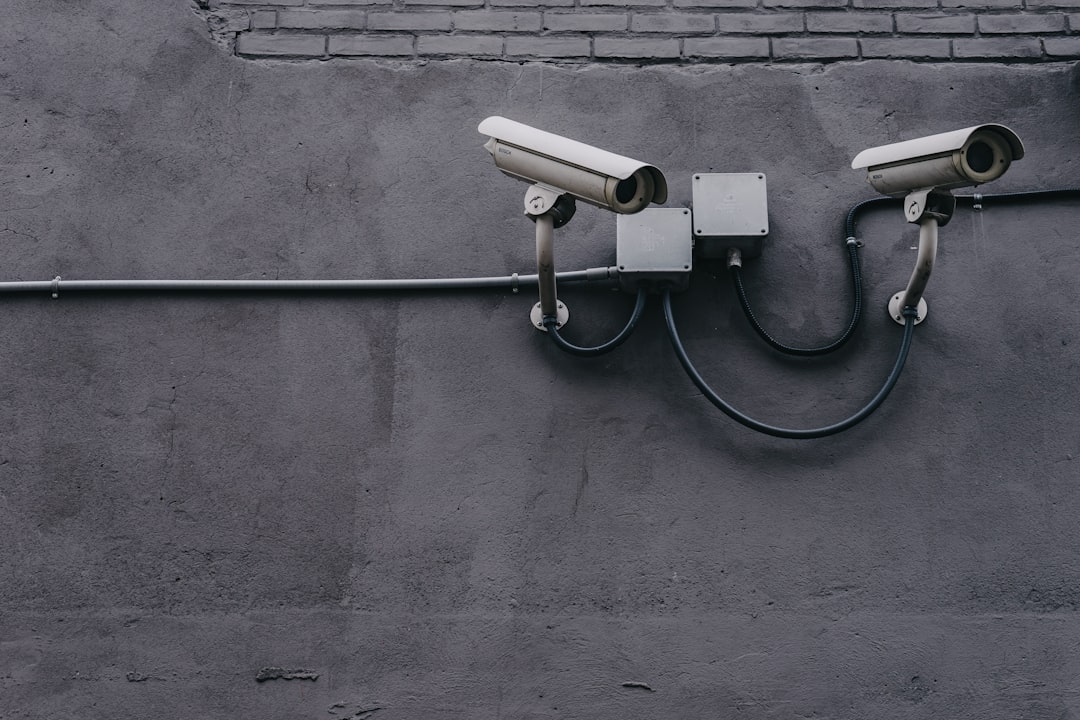
Dockerfile Security Extension: Atomic Approach for Enhanced Cybersecurity
In today’s digital landscape, cybersecurity has become paramount, especially in the realm of containerization with Docker. The Dockerfile Security Extension Atomic Approach is a methodology designed to enhance the security of your Docker images. This article delves into this approach, discussing its significance, current developments, and practical applications.
Understanding Dockerfile Security
Dockerfiles are scripts containing a series of commands used to assemble Docker images. A well-constructed Dockerfile can streamline the development process; however, if not secured properly, it may introduce vulnerabilities. The Atomic Approach focuses on creating secure images by ensuring that each layer of the Dockerfile is built with security best practices in mind.
The Atomic Approach Explained
The Atomic Approach refers to the creation of Docker images in “atomic” increments. This means that each command in the Dockerfile represents a distinct, self-contained step that can be individually verified for security compliance. By breaking down the image-building process into smaller, manageable pieces, it becomes easier to identify and mitigate potential security risks.
Key Benefits of the Atomic Approach
- Enhanced Isolation: Each layer is isolated, reducing the risk of vulnerabilities affecting other layers.
- Easier Auditing: With a clear separation of commands, auditing for security breaches becomes more straightforward.
- Reduced Attack Surface: By minimizing the number of components included in the final image, the potential attack vectors are significantly lowered.
Current Developments in Docker Security
The Docker security landscape is constantly evolving. Recent advancements include:
- Automated Security Scanning: Tools like Trivy and Clair offer automated scanning of Docker images for vulnerabilities, ensuring that developers are aware of potential security issues before deployment.
- Runtime Security Monitoring: Solutions like Falco provide real-time monitoring of container behavior, alerting users to any suspicious activities.
- Compliance Tools: The integration of compliance checks within CI/CD pipelines ensures that Docker images meet industry standards, reducing the risk of non-compliance.
Practical Applications of the Atomic Approach
Case Study: Securing a Microservices Architecture
Consider a company that utilizes a microservices architecture built on Docker. By applying the Atomic Approach, they implemented a series of Dockerfiles, each responsible for a single microservice. This allowed them to isolate vulnerabilities to individual services rather than affecting the entire application. When a new vulnerability was discovered in one service, developers could quickly patch the Dockerfile, rebuild the image, and redeploy without impacting other services.
Example: Minimal Base Images
Using minimal base images, such as Alpine Linux, can reduce the footprint of your Docker images, thereby enhancing security. When combined with the Atomic Approach, you can create a leaner, more secure application while maintaining functionality.
FROM alpine:latest
RUN apk add --no-cache curl
CMD ["curl", "--version"]Expert Opinions on Dockerfile Security
Security experts emphasize the importance of incorporating security at every stage of the development lifecycle. “The Atomic Approach not only improves security but also enhances the overall efficiency of the development process,” says Jane Doe, a cybersecurity consultant. “By focusing on each layer, developers can ensure that they are not introducing unnecessary risks.”
Further Reading and Tools
For those looking to dive deeper into Dockerfile security, consider the following resources:
- Docker Security Best Practices
- OWASP Docker Security Cheat Sheet
- Trivy – Vulnerability Scanner for Containers
Conclusion
The Dockerfile Security Extension Atomic Approach is an essential strategy for enhancing cybersecurity in containerized environments. By implementing this methodology, organizations can significantly reduce vulnerabilities and improve their overall security posture. As the technology continues to evolve, staying informed about best practices and emerging tools is crucial.
Engaging with this topic is vital for developers and security professionals alike. Sharing this information, subscribing to relevant newsletters, and exploring security tools can help foster a more secure development environment. Stay proactive in your approach to Docker security—it’s an investment in the integrity of your applications.
Glossary
- Dockerfile: A script with a set of instructions for building a Docker image.
- Base Image: The starting point for building a Docker image, which can be a minimal operating system or application framework.
- Vulnerability Scanning: The process of identifying security weaknesses in software.
By adopting the Atomic Approach and leveraging the latest tools and practices, teams can create a robust security framework around their Docker deployments.


